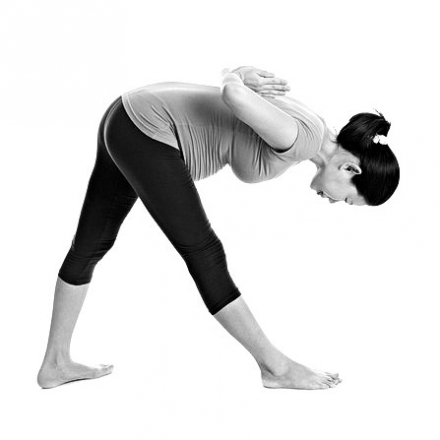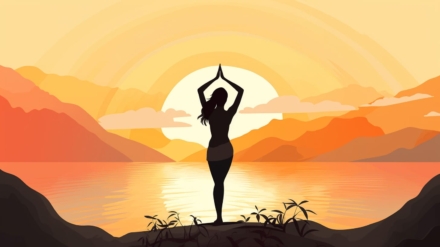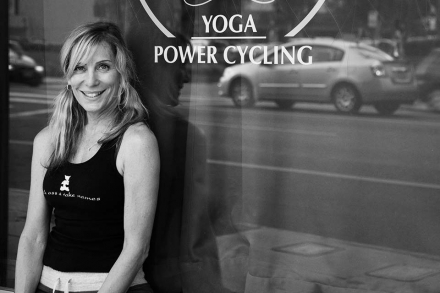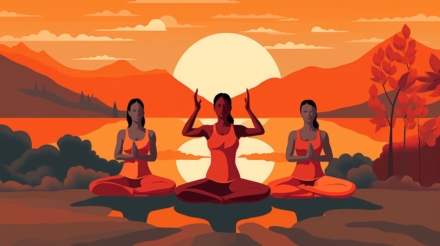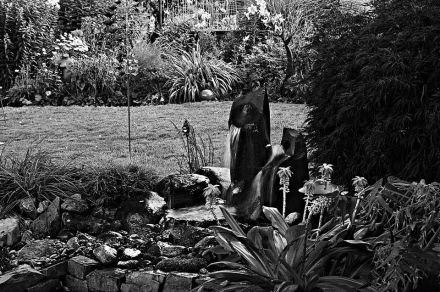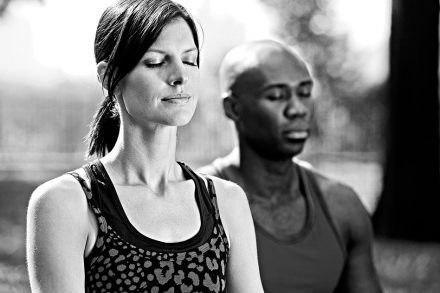The world of yoga can be a bit like stepping into a different universe at first. There are a ton of new words to learn, and it can seem as though everyone but you understands them. But don’t stress. You’re not alone! Understanding the lingo is just a matter of spending some time with the terms. So, grab your mats, and let’s dive into some yoga terminology.
Asana
Asana is one of the first terms you’ll hear in a yoga class. It means “pose” or “posture”. So, every time you’re bending and twisting into a new shape, you’re performing an asana. Asanas form the physical part of yoga, helping to improve strength, flexibility, and balance.
Pranayama
Ever wonder why yoga instructors are so focused on your breathing? That’s because Pranayama, the formal practice of controlling the breath, is a core part of yoga. In Sanskrit, ‘prana’ means life energy (usually related to breath), and ‘yama’ means control. Therefore, Pranayama practices guide you in harnessing the energy involved in breathing.
Savasana
Savasana, often called corpse pose, is typically performed at the end of a yoga practice. Despite the morbid name, Savasana is all about deep relaxation and meditation. This pose offers you a chance to slow down, catch your breath, and absorb the benefits of your practice.
Chakra
You might have heard about chakras in a more spiritual yoga class. Chakras, translating to ‘wheel’ or ‘disk’ in Sanskrit, represent the seven energy centers of the body. Each chakra correlates to different physical, emotional, and spiritual aspects. If your yoga teacher mentions ‘opening’ or ‘balancing’ chakras, they’re referring to techniques designed to optimize these energy centers.
Vinyasa
Vinyasa is a style of yoga characterized by stringing postures together so that you move from one to another, seamlessly, using breath. It’s sometimes called ‘flow yoga’ because of the smooth way the poses run together. In essence, Vinyasa helps you build heat in the body through movement and breath.
Namaste
Namaste is a traditional Indian greeting, but in the yoga context, it’s often said at the end of a class. It’s a sign of respect and gratitude – from the teacher to the student and vice versa. When a teacher says ‘Namaste’ at the end of a yoga session, it translates loosely to ‘the divine in me bows to the divine in you’.
Ujjayi
If you’ve ever been in a yoga class and heard someone sounding like Darth Vader, you’ve encountered Ujjayi breath. Ujjayi (pronounced oo-jai) is an ancient yogic breathing technique that helps calm the mind and body. It’s characterized by an ocean wave sound that resonates from the back of your throat.
Drishti
Drishti, or focused gaze, is a means for developing concentrated intention in your yoga practice. It’s more than just where you rest your gaze during a yoga pose; it’s about focusing your awareness inward, calming the mind, and promoting stability in your poses.
Mantra
A mantra is a word, sound, or phrase repeated to aid in concentration while meditating. Mantras can be as simple as one word or may consist of a series of phrases. They are a tool to help clear your mind and focus on your meditation.
Zen Outro
With your new glossary of yoga terms, you’re now ready to get out there and tackle your next yoga class head-on. Remember, it’s perfectly okay not to know everything when you start. Yoga is a journey, not a destination. And as you progress, you’ll be more familiar with the terms and more comfortable with the practice.
Stay tuned for more helpful insights as we continue to unravel the art and practice of yoga here at Yoga Simple. Until then, breathe easy, take things one pose at a time, and remember – every yogi started with their first class.
0





